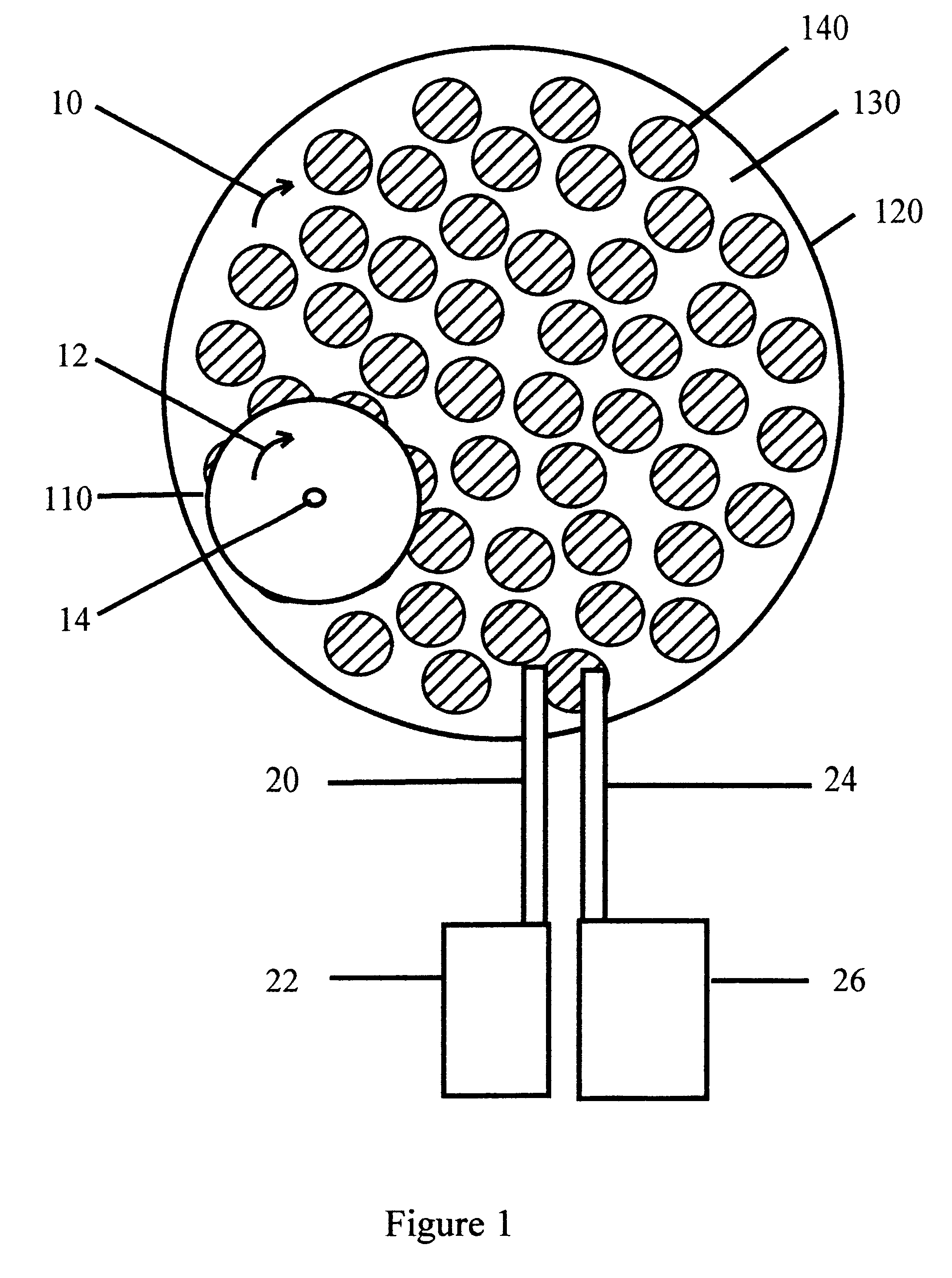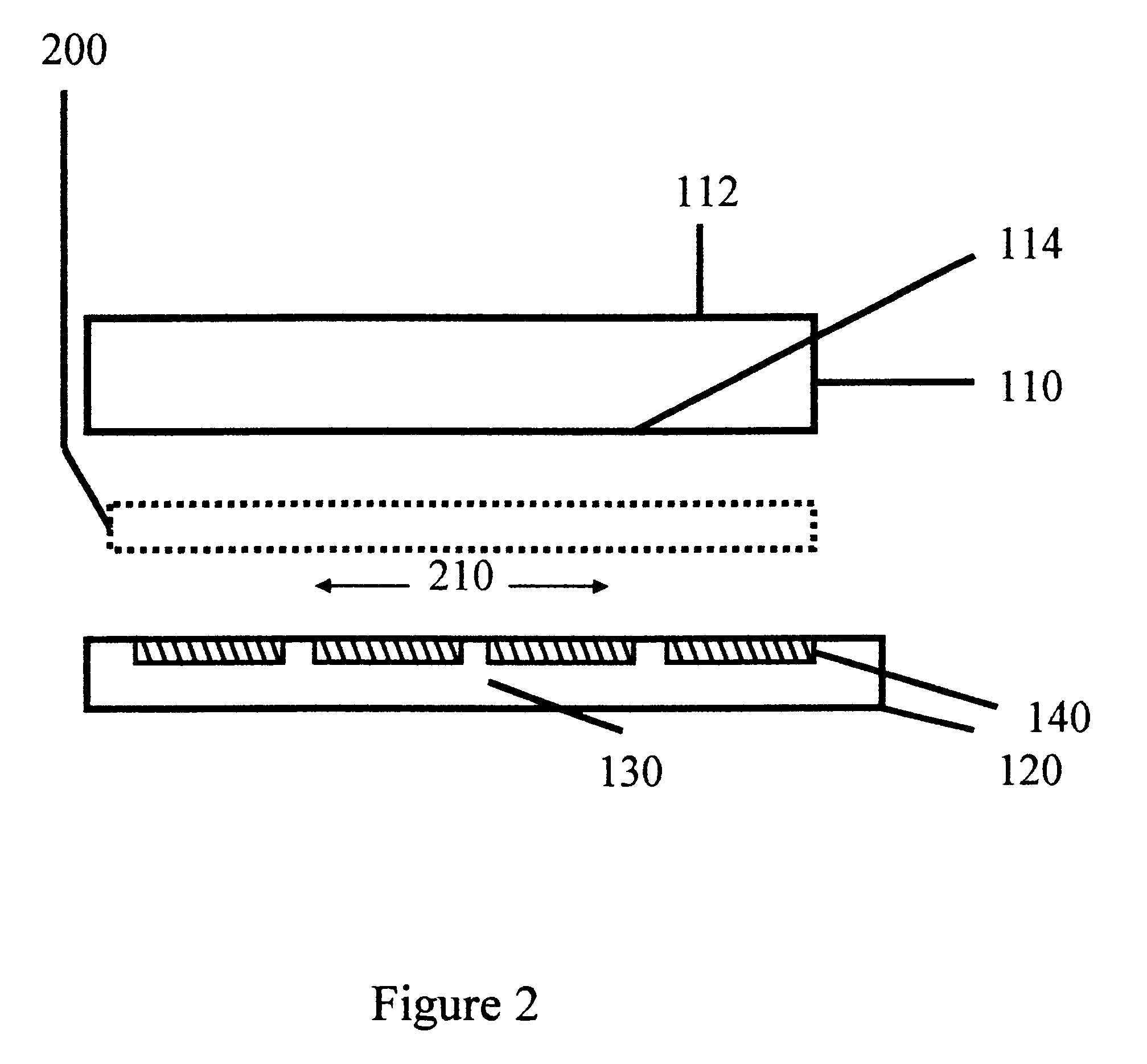Finishing element including discrete finishing members
a technology of finishing elements and finishing elements, applied in the field of unitary finishing elements, can solve the problems of reducing the flexibility of adding finishing enhancers, limiting the versatility of current finishing elements in some demanding finishing applications, and being costly to manufacture, etc., and achieve the effect of reducing the flexural modulus
- Summary
- Abstract
- Description
- Claims
- Application Information
AI Technical Summary
Benefits of technology
Problems solved by technology
Method used
Image
Examples
example
A unitary finishing element is prepared. The unitary resilient body is subpad style T66541 commercially available from Fruedenberg. The subpad is a porous structure having fibers, 20 inches in diameter, and is about 0.03" thick.
A composite sheet of phenolic organic synthetic plastic reinforced with cotton fibers with a thickness of about 0.03 inches is cut into 7 / 8 inch diameter disks with a hole saw. The phenolic organic synthetic plastic is believed to have a flexural modulus of about 400,000 psi and a Rockwell M hardness of about 100. The disks are then sanded using an ordinary portable circular sander with 120 grit sand paper available commercially from the 3M Company to form a 45 degree chamfer on the edge. These disks are then used as the discrete finishing members (with the discrete finishing member finishing surface having a smaller diameter than the backside of the discrete finishing members). The backside of the discrete finishing members are sanded with emery cloth having...
PUM
 Login to View More
Login to View More Abstract
Description
Claims
Application Information
 Login to View More
Login to View More - R&D
- Intellectual Property
- Life Sciences
- Materials
- Tech Scout
- Unparalleled Data Quality
- Higher Quality Content
- 60% Fewer Hallucinations
Browse by: Latest US Patents, China's latest patents, Technical Efficacy Thesaurus, Application Domain, Technology Topic, Popular Technical Reports.
© 2025 PatSnap. All rights reserved.Legal|Privacy policy|Modern Slavery Act Transparency Statement|Sitemap|About US| Contact US: help@patsnap.com



